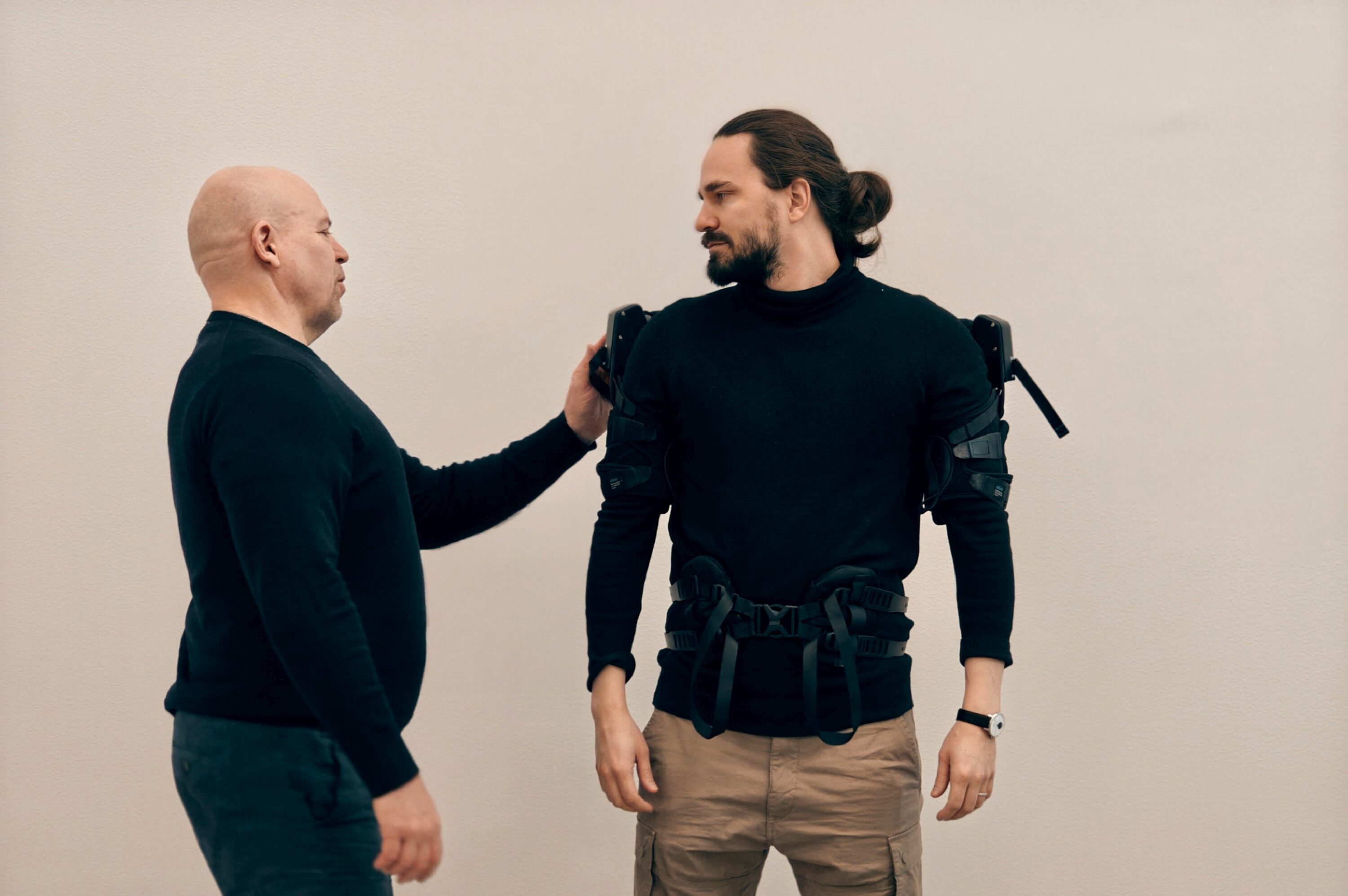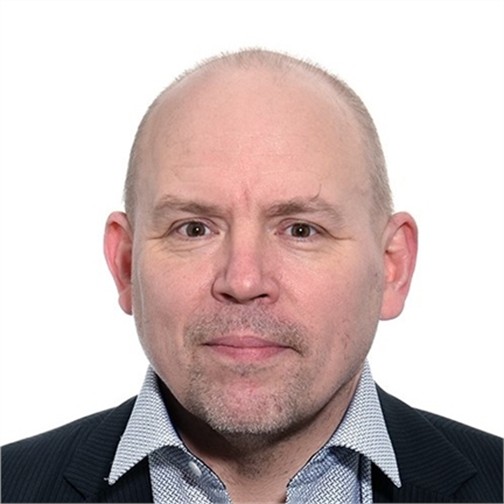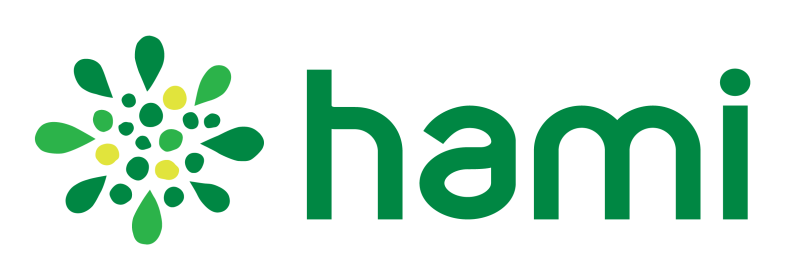A solution for heavy-duty forest management – exoskeleton eases the strain and improves productivity

In the Developing an exoskeleton for supporting lower limb in brush cutting (EXO FOREST) project, we are developing a new lower-limb assistive exoskeleton to reduce the physical strain of early forest management and improve work productivity – while supporting the sustainability and attractiveness of the forestry sector.
Early forest management is physically demanding work. Tasks such as repeated bending, squatting, and lifting place considerable strain on the lower limbs and back. This contributes to musculoskeletal problems and makes forestry work less appealing, especially in the face of labor shortages and an aging workforce.
Our aim is to develop a device that supports the lower limbs and helps forestry professionals cope with physically demanding tasks – enhancing both workability and the overall appeal of the profession. The exoskeleton is particularly suited for brush cutting and seedling planting, but it can benefit anyone who wants to perform forestry tasks with less strain. The goal is to meet the diverse needs of forestry and support a wider range of workers – including younger people, women, and older professionals.
There is a clear need for solutions like this. Currently, only about 1.5% of forest planting in Finland is done mechanically; the rest is performed manually. Similarly, only about 10% of brush clearing is mechanized – the vast majority is still done by hand. “There are no exoskeletons currently available on the market that are specifically designed for forest management or natural resources work. Our goal is to fill that gap with a device tailored for the needs of early forest management,” explains Kimmo Vänni, Principal Research Lecturer and Project Manager.
Eventually, I would like to see smart and functional workwear for forestry professionals.
The development builds on lessons learned in earlier projects. In the Wearable Intelligence project, it was observed that exoskeletons supporting the upper body helped reduce strain, but for tasks like early forest management, the need is greater for support focused on the lower body. “Background and work routine affect how demanding a task feels, but the need for lower-limb support consistently emerges in feedback from the field,” Vänni notes. At the start of the EXO FOREST project, a survey was conducted among forestry professionals to identify which tasks are perceived as the most physically demanding and where assistive devices would be most useful.
Pilot testing and product development are carried out in Kanta-Häme, particularly in the Evo campus area of Hämeenlinna. However, the knowledge and experience gained can be shared throughout Finland. International partners – the University of Southern Denmark (SDU), University of Borås in Sweden, and Dutch technology company InteSpring B.V. – bring strong expertise in technology, research, and innovation to the project. Their involvement also broadens the project’s impact across Europe.
The project is part of the European Innovation Partnership (EIP) initiative and is implemented in collaboration with Häme University of Applied Sciences (HAMI). National EIP partners include Metsäteho and several forestry service companies. With the help of the exoskeleton, forestry work can become more sustainable, productive, and supportive of worker well-being.
“Eventually, I would like to see smart and functional workwear for forestry professionals,” Vänni says. He sees exoskeletons as an important step toward that future – a practical solution to current challenges and part of a longer technological development path.
The first prototypes are expected to be ready during 2026.
About the project
In the Developing an exoskeleton for supporting lower limb in brush cutting (EXO FOREST) project, we are designing a lower-limb assistive exoskeleton that reduces the physical load of early forest management and enhances productivity.


Lisätietoja:


